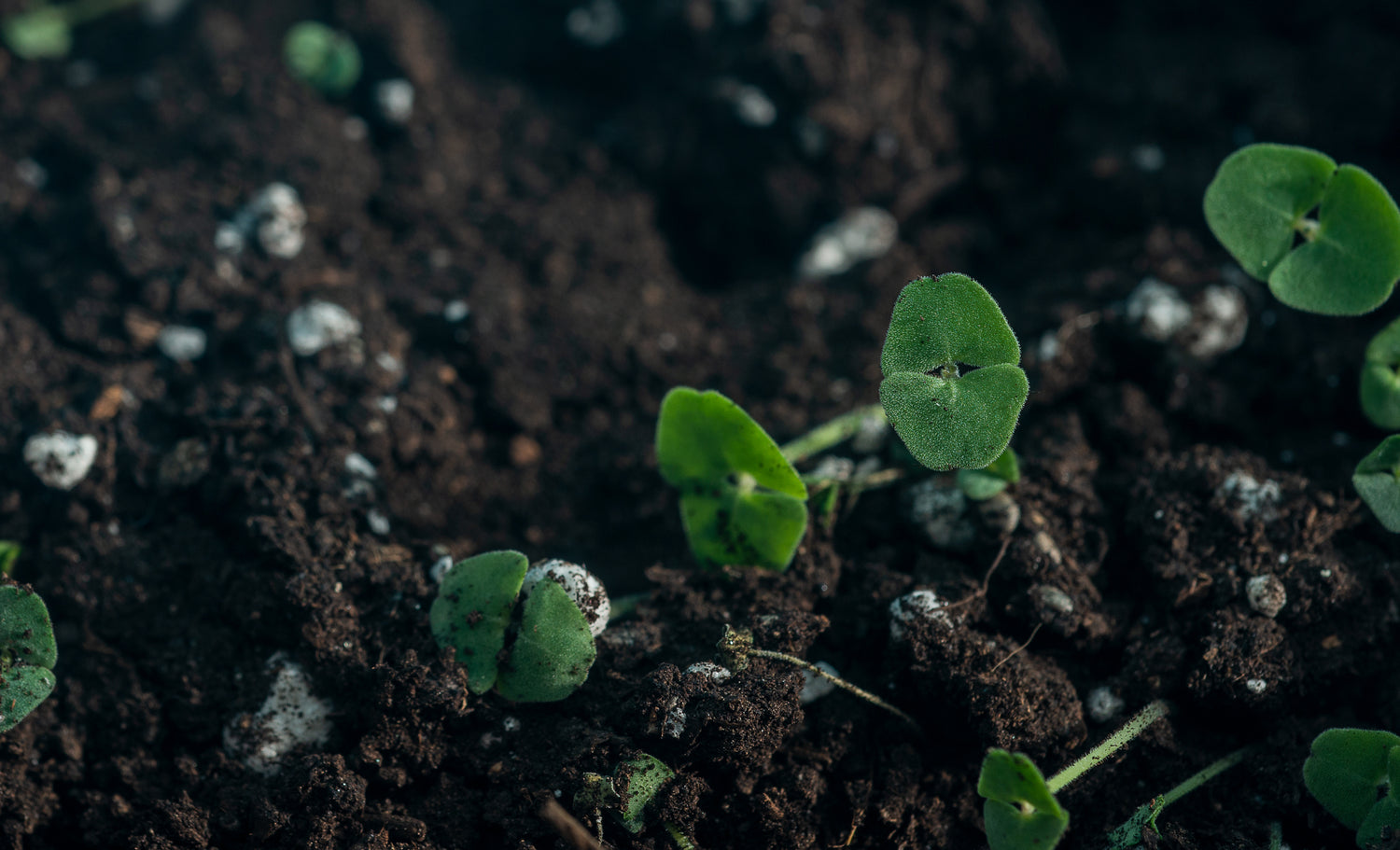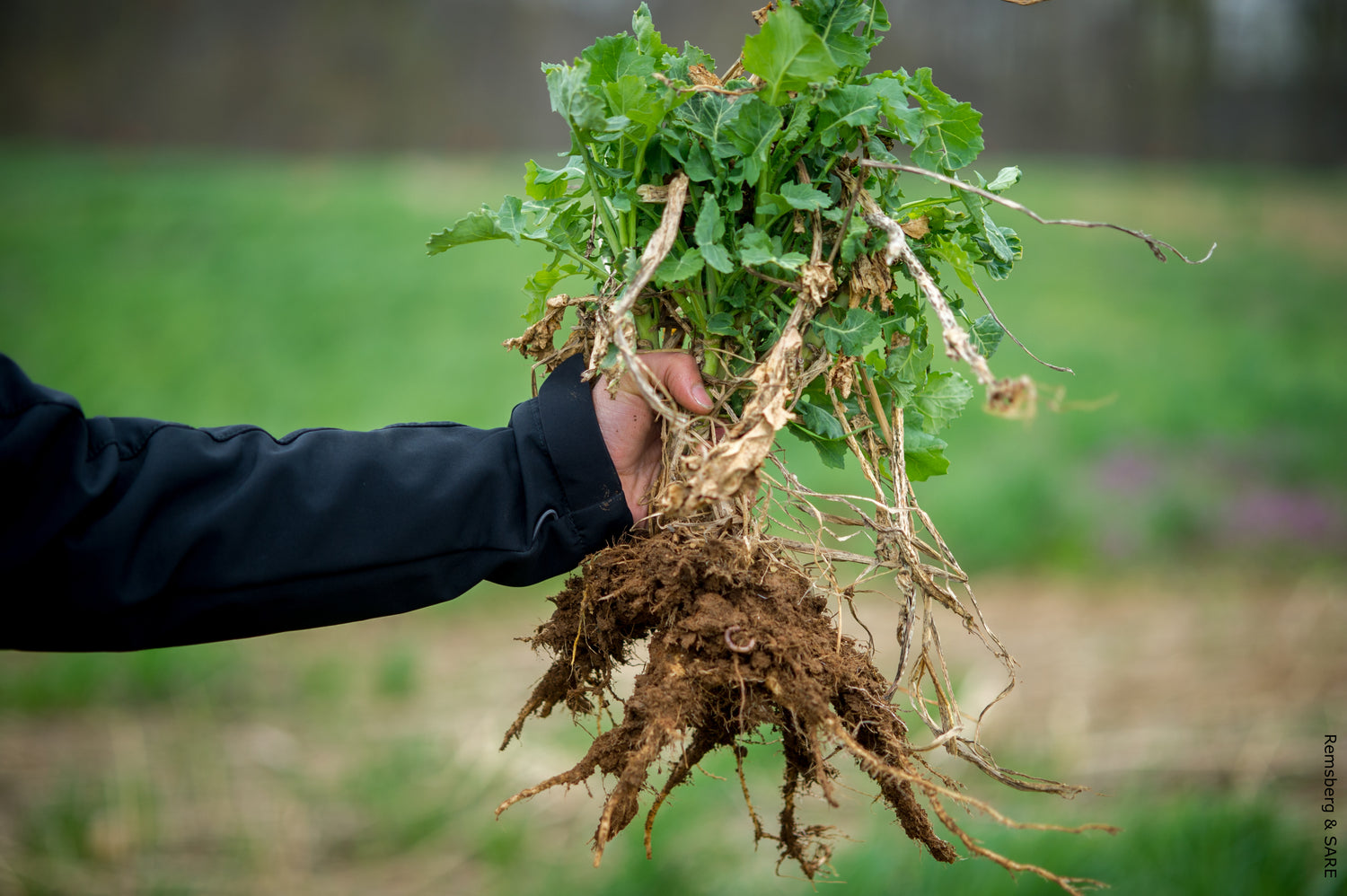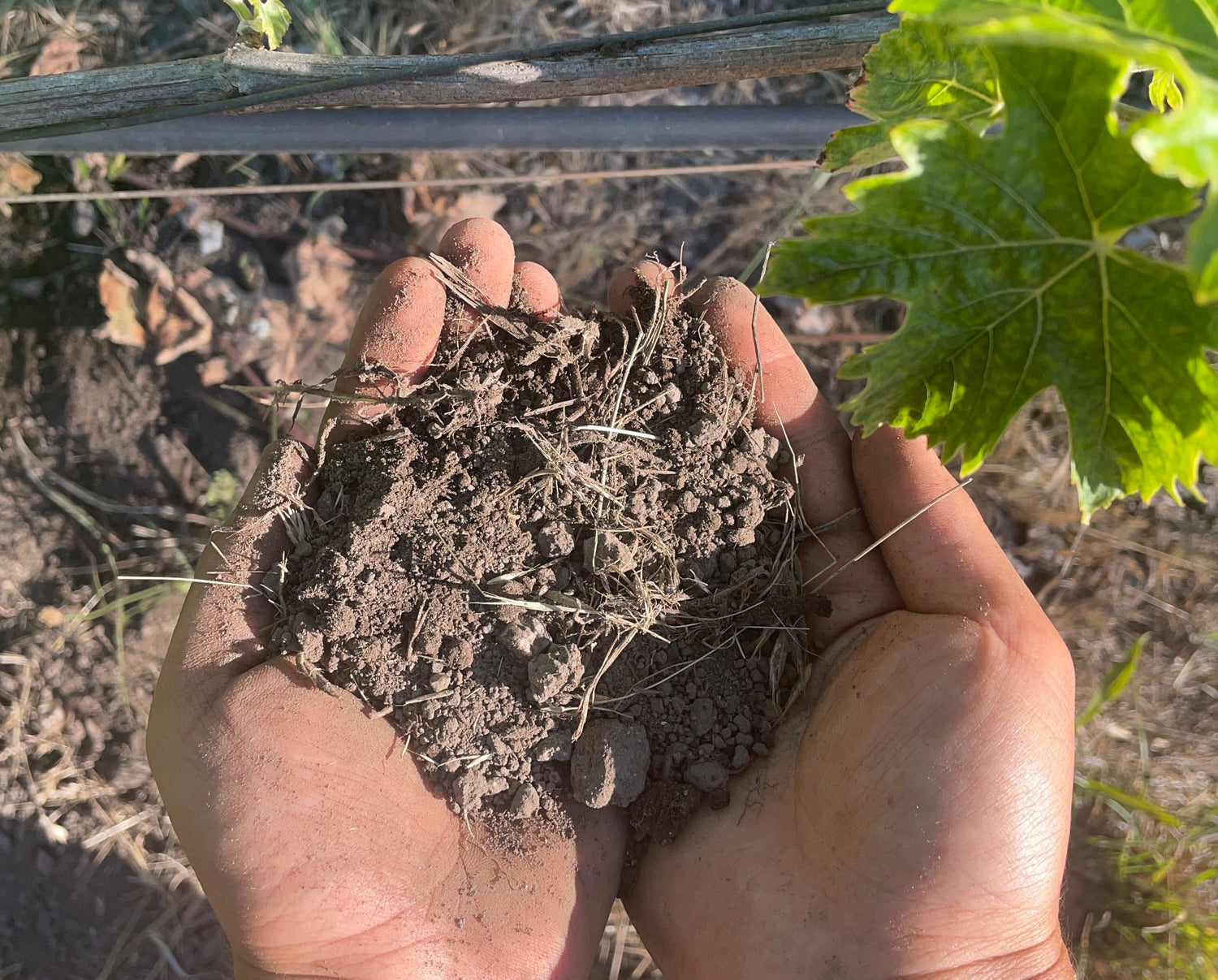Portland, Oregon's diverse soil types reflect the Pacific Northwest's complex geological history, from volcanic basalt flows creating the famous red Jory soils to ancient marine sediments forming Willakenzie series, supporting both urban gardening success and the region's renowned agricultural productivity.
Portland Oregon Soil Types: A Complete Guide to Soil Health and Gardening Success
Understanding Portland's soil types is essential for gardening and agricultural success in the Pacific Northwest, where diverse geological origins create distinct soil characteristics ranging from nutrient-rich volcanic soils to well-draining sandy deposits.
Portland, Oregon, nestled in the verdant Pacific Northwest, is a city where towering forests, cascading waterfalls, and fertile valleys converge. Its soils, sculpted by volcanic eruptions, glacial deposits, and riverine processes, form a dynamic mosaic that sustains vibrant ecosystems, supports thriving agriculture, and shapes urban resilience. From the alluvial plains of the Willamette Valley to the volcanic slopes of the Cascade Range, these soils underpin Portland's identity as a hub of biodiversity and farm-to-table culture.
Geological and Climatic Foundations
Portland's soils reflect a rich geological history, marked by volcanic activity from the Cascade Range, glacial outwash from the Missoula Floods, and sediment deposition along the Willamette and Columbia Rivers. Basalt lava flows, volcanic ash, and alluvial sediments form the region's parent materials, creating the foundation for diverse soil types.
The temperate climate, with 36–40 inches of annual rainfall and mild temperatures, fosters chemical weathering and organic matter accumulation, creating fertile soils in valleys and forested uplands. The region's diverse topography—from river floodplains to coastal dunes—drives soil variability, with seasonal rains enhancing sediment transport and enriching lowland soils while volcanic uplands retain mineral-rich profiles.
Portland's Major Soil Types
Portland's soils, classified by the USDA's Natural Resources Conservation Service (NRCS), range from nutrient-rich alluvial deposits to well-draining volcanic soils. The region features several distinctive soil series that support diverse agricultural and urban uses.
Jory Soils: The Volcanic Foundation
Jory soils represent the flagship soil type of the Willamette Valley, formed from basaltic lava flows that occurred millions of years ago. These volcanic soils are characterized by their distinctive red color, high clay and iron content, and excellent nutrient retention capacity. The red coloration comes from iron oxides formed through weathering of basaltic parent materials.
Jory soils are well-drained with good structure, making them ideal for grape production, particularly Pinot Noir, as well as hazelnuts, berries, and tree fruits. The Dundee Hills American Viticultural Area (AVA) is renowned for its Jory soils, which contribute to the distinctive characteristics of Oregon wines. These soils typically have a clay loam texture and maintain good moisture retention while providing adequate drainage.
Willakenzie Soils: Marine Heritage
Willakenzie soils consist of well-drained soils that are 20–40 inches deep over sedimentary rock, found on low hills with slopes of 2% to 45%. These soils formed from marine sedimentary materials when western Oregon was beneath the Pacific Ocean millions of years ago. As tectonic plates collided, these ocean floor sediments were lifted to create the distinctive mustard-tinted soils seen today.
Willakenzie soils are associated with Dupee, Hazelair, Panther, Nekia and Carlton soils in the regional landscape. The surface layer is typically dark brown silty clay loam, with underlying yellowish-red loam. These soils are used mainly for orchards, small grain, hay and pasture, and also support timber production, wildlife habitat, and residential development.
Willamette Series: Valley Alluvium
The Willamette series consists of very deep, well-drained soils that formed in silty glaciolacustrine deposits. These soils are found on broad valley terraces with slopes of 0 to 20 percent, receiving about 45 inches of annual precipitation with mean annual temperatures around 52 degrees F.
Willamette soils have a fine-silty texture with mixed mineralogy and represent some of the most fertile agricultural soils in Oregon. They typically maintain moisture during growing seasons but drain adequately to prevent waterlogging. The mollic epipedon (dark surface layer) is 20 to 30 inches thick, indicating high organic matter content and excellent fertility for crop production.
Laurelwood and Loess Soils: Wind-Deposited Heritage
Laurelwood soils formed from windblown silt (loess) deposited during and after the last ice age. These soils are typically found on hillsides and represent the youngest of the major soil types in the Portland area. They have a powdery, silty texture with good drainage but can be prone to erosion if not properly managed.
Loess soils bring unique characteristics to wine production, often contributing earthy notes and white pepper flavors to wines. While not as extensively planted as volcanic or sedimentary sites, these soils create distinctive wine styles and support diverse agricultural uses when properly managed.
Urban Soil Considerations
Portland's urban soils face unique challenges from development, compaction, and contamination. Urban soil management requires attention to drainage, contamination potential, and amendment needs. Many urban gardeners successfully grow food and ornamental plants by improving soil structure with organic matter additions and proper drainage systems.
Green infrastructure projects, community gardens, and residential landscaping benefit from understanding local soil types and their management requirements. Raised beds, soil amendments, and proper plant selection help overcome urban soil limitations while supporting sustainable gardening practices.
Soil Testing and Management
Soil testing provides essential information for successful gardening and farming in Portland. Oregon State University's Extension Service offers comprehensive soil testing guidance and laboratory services for analyzing pH, nutrients, organic matter content, and other soil health indicators.
The OSU Soil Health Laboratory provides inorganic chemical analysis of soils, including standard soil testing methods and nutrient analysis. Testing helps determine appropriate fertilizer applications, lime requirements, and soil amendment needs specific to local soil types and intended uses.
Key soil test parameters for Portland area include pH (target 6.0–7.5 for most crops), available phosphorus and potassium, organic matter content, and cation exchange capacity. Regular testing helps track soil health improvements over time and guides sustainable management decisions.
Sustainable Management Practices
Sustainable soil management in Portland emphasizes practices that preserve and enhance soil health while supporting productive land use:
- Organic Matter Addition: Composting and organic amendments improve soil structure, water retention, and nutrient cycling in all soil types.
- Cover Cropping: Protects soil from erosion, adds organic matter, and improves soil biology during fallow periods.
- Proper Drainage: Ensures adequate water movement while preventing erosion, particularly important for clay-rich soils.
- Integrated Pest Management: Reduces chemical inputs while maintaining soil microbial health and biological activity.
- Native Plant Integration: Supports local ecosystems while providing adapted plants that thrive in regional soil conditions.
Climate Resilience and Adaptation
Climate change impacts on Portland soils require adaptive management strategies. Projected increases in winter precipitation and summer drought stress soil systems, requiring enhanced water management and erosion control measures.
Soil carbon sequestration through cover crops, perennial plantings, and reduced tillage helps mitigate climate impacts while improving soil health. Native plant restoration and sustainable agriculture practices build resilience against extreme weather events while maintaining productive land uses.
Resources for Soil Testing and Garden Supplies
Portland area gardeners and farmers have access to numerous resources for soil testing and garden supplies:
- Oregon State University Extension Service: Provides soil testing guidance, interpretation services, and educational resources for sustainable soil management.
- OSU Soil Health Laboratory (3017 Agriculture and Life Sciences Building, Corvallis, OR 97331): Offers comprehensive soil testing services with research-based recommendations.
- Portland Nursery (5050 SE Stark St and 9000 SE Division St): Full-service garden centers offering soil amendments, testing supplies, and expert advice.
- Garden Fever! (3433 NE 24th Ave, Portland, OR 97212): Specializes in sustainable gardening supplies including soil testing kits, organic amendments, and native plants.
- Cornell Farm Nursery (8212 SW 45th Ave, Portland, OR 97219): Offers garden supplies, soil amendments, and gardening education with on-site café.
Local Master Gardener programs through OSU Extension provide community-based education and support for soil testing and garden management throughout the Portland metro area.
Agricultural and Economic Significance
Portland's diverse soil types support a thriving agricultural economy worth hundreds of millions of dollars annually. The Willamette Valley's reputation for world-class wine production stems directly from its unique soil diversity, particularly the volcanic Jory soils that produce exceptional Pinot Noir.
Beyond wine grapes, the region's soils support diverse crops including hazelnuts (Oregon produces 99% of U.S. hazelnuts), berries, tree fruits, vegetables, and ornamental plants. Understanding soil types helps farmers optimize crop selection and management practices for both productivity and sustainability.
Conservation and Future Challenges
Soil conservation efforts in the Portland area focus on protecting agricultural lands from urban development while promoting sustainable management practices. The USDA Natural Resources Conservation Service works with local farmers and landowners to implement conservation practices that protect soil and water resources.
Future challenges include balancing urban growth with agricultural land preservation, managing stormwater impacts on soil health, and adapting to climate change effects on soil systems. Continued research and education support sustainable soil management across urban and rural landscapes.
Conclusion
Portland's soils, from fertile alluvial plains to distinctive volcanic slopes, form the foundation of the region's ecological richness and agricultural vitality. Understanding these diverse soil types empowers gardeners, farmers, and land managers to make informed decisions that support both productivity and sustainability.
Through proper soil testing, sustainable management practices, and continued education, Portland area residents can steward these valuable soil resources for future generations while enjoying successful gardens and productive agricultural systems. The region's commitment to sustainable practices and soil health ensures that Portland's soils will continue supporting vibrant communities and ecosystems for years to come.
Sources
- USDA Natural Resources Conservation Service. Official Series Description - WILLAMETTE Series. https://soilseries.sc.egov.usda.gov/OSD_Docs/W/WILLAMETTE.html
- Oregon State University Extension Service. Guide to Oregon county soil survey reports. https://extension.oregonstate.edu/crop-production/field-crops/guide-oregon-county-soil-survey-reports
- USDA Natural Resources Conservation Service. Soil Survey in Oregon. https://www.nrcs.usda.gov/conservation-basics/conservation-by-state/oregon/soil-survey-in-oregon
- Oregon State University. Soil Testing & Amendments. https://extension.oregonstate.edu/collection/soil-testing-amendments
- Oregon State University College of Agricultural Sciences. OSU Soil Health Laboratory. https://cropandsoil.oregonstate.edu/shl/testing-services/soil-testing
- Van Duzer Vineyards. A Tale of Two Soil Types - Soil types in the Willamette Valley. https://vanduzervineyards.com/soiltypesofvalley/
- Around the World in 80 Harvests. Willamette Valley terroir: Why dirt matters in Oregon's wine region. https://aroundtheworldin80harvests.com/2016/12/15/willamette-valley-terroir-why-dirt-matters-oregon-wine-region/












